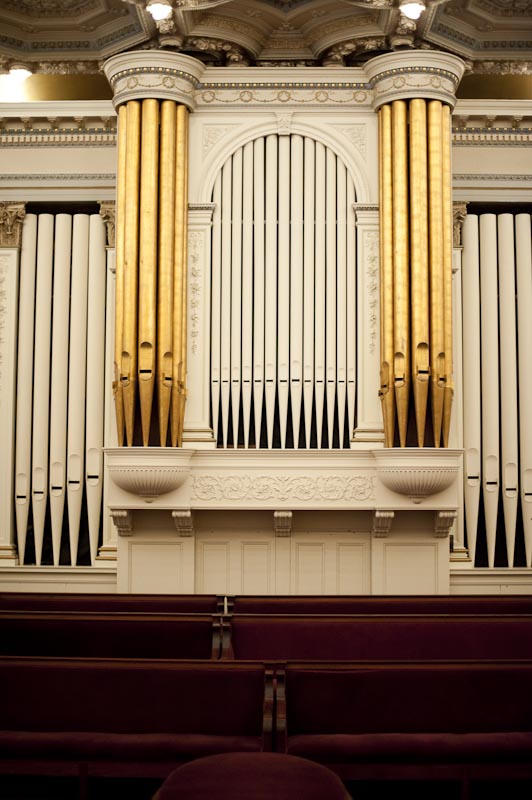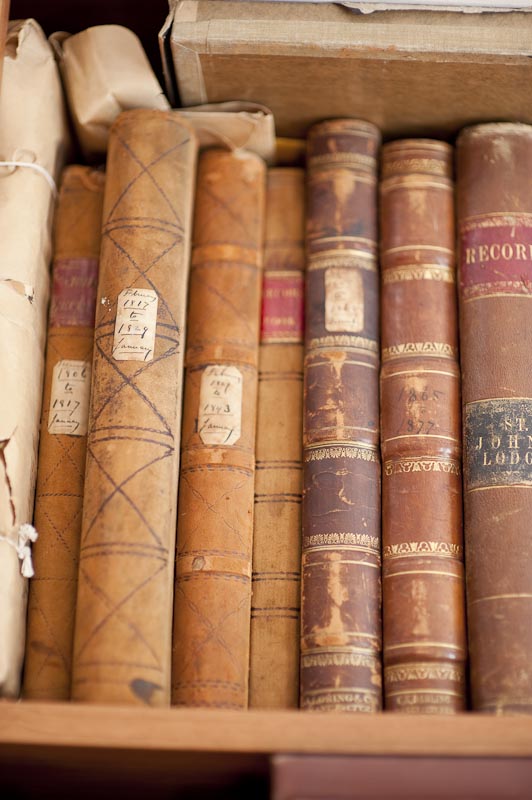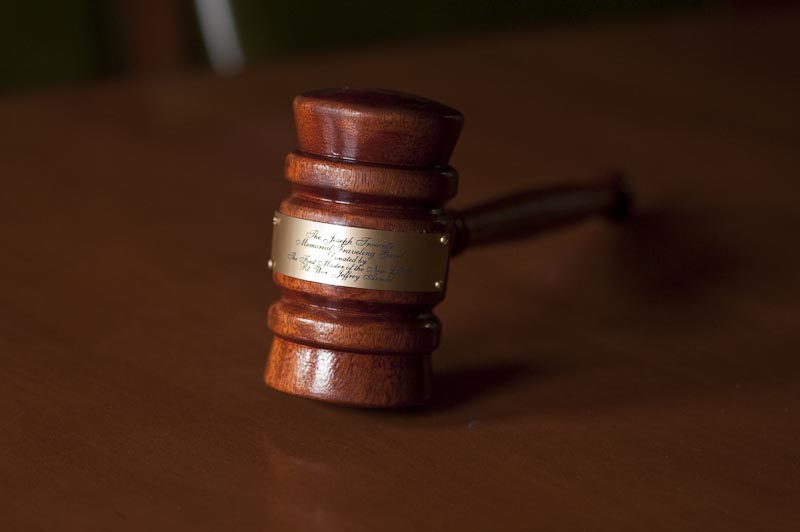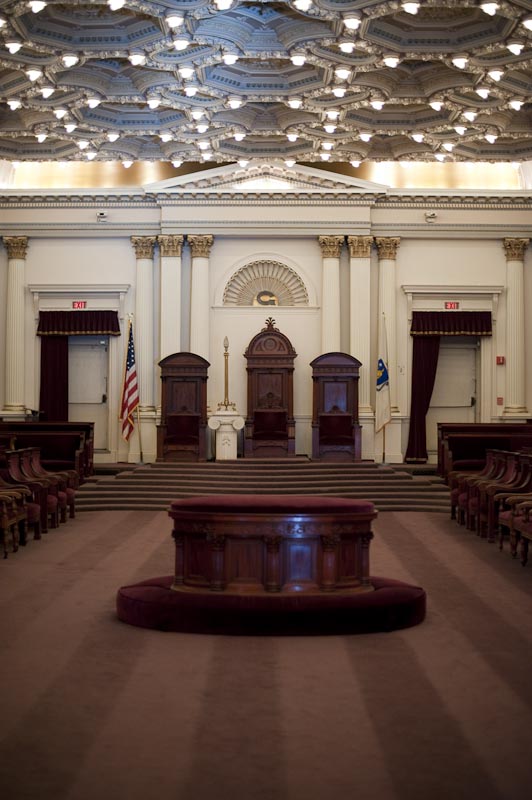An Extraordinary History.
Instituted on July 30th, 1733, by Right Worshipful Henry Price, Grand Master, at the Bunch of Grapes Tavern, on King (now State) Street, Boston, and known until February 7th, 1783, as “The First Lodge.”
The First Duly Constituted Lodge of Free Masons in America, with Henry Hope, Worshipful Master, James Gordon and Frederick Hamilton, Wardens.
A BRIEF HISTORY OF ST. JOHN’S LODGE
St. John’s Lodge enjoys the unique privilege of being the oldest duly constituted and chartered Masonic lodge in the Americas.
Contemporary accounts reveal that a Masonic lodge had met in King’s Chapel, Boston, as early as the 1720s (meeting according to the “old customs”). In 1733, Henry Price, a prominent tailor and storekeeper who had emigrated to Boston in 1723, was appointed “Provincial Grand Master of New England and Dominions and Territories thereunto belonging” and authorizing him “to Constitute the Brethren now Residing or who shall hereafter reside in those parts into One or more Regular Lodge or Lodges as he shall think fit” by the Grand Master of the Grand Lodge of England, Anthony Lord Viscount Montague. On July 30, 1733, at a meeting held at The Bunch of Grapes Tavern in Boston, Henry Price exercised his authority and granted a group of eighteen Masons a charter empowering them to work as a Masonic lodge in Boston. Thus was formed St. John’s Lodge, the first duly constituted and chartered lodge in the Americas.
The Lodge has been in continuous existence since its constitution in 1733, since which time its members have convened for over 3,700 regular meetings, or ‘Communications.’ Famous Masons like George Washington, Ben Franklin, and the Marquis de Lafayette visited St. John’s Lodge in their travels to Boston.
The men after whom both Quincy Market and Rowe’s Wharf are named (Josiah Quincy and John Rowe) were prominent members of the Lodge. It was Rowe who famously asked just before the Boston Tea Party, “One wonders how tea will mix with salt water.” Another famous member was James Otis, who argued against the Writs of Assistance in the 1760s, went on to coin the slogan “Taxation without representation is tyranny!” and who is today commemorated as the Father of the Fourth Amendment. Another illustrious member of the Lodge was Robert Newman, who climbed the Old North Church to signal to fellow Mason Paul Revere (“one if by land; two, if by sea”). In the twentieth century, the Lodge was fortunate to have among its members Lowell Thomas, the most prominent newsman of his day and the reporter perhaps best remembered as the man who discovered and made Lawrence of Arabia famous.
Today, St. John’s Lodge cherishes its unique historical legacy. It prides itself on being a convivial and welcoming Lodge that is committed to cultivating brotherly love among men from all walks of life, practicing charity in ways large and small, and maintaining the highest standards of Masonic ritual. It is pleased and privileged to be able to count as members some 300 men from a wide range of occupational, educational, ethnic, religious, political and racial backgrounds – men who acknowledge the Brotherhood of Man under the Fatherhood of God and who thus chose to become Masons. As it enters the twenty-first century, St. John’s Lodge remains firmly committed to safeguarding and transmitting to future generations of men the Masonic ideals entrusted to the Lodge by Henry Price in 1733.








